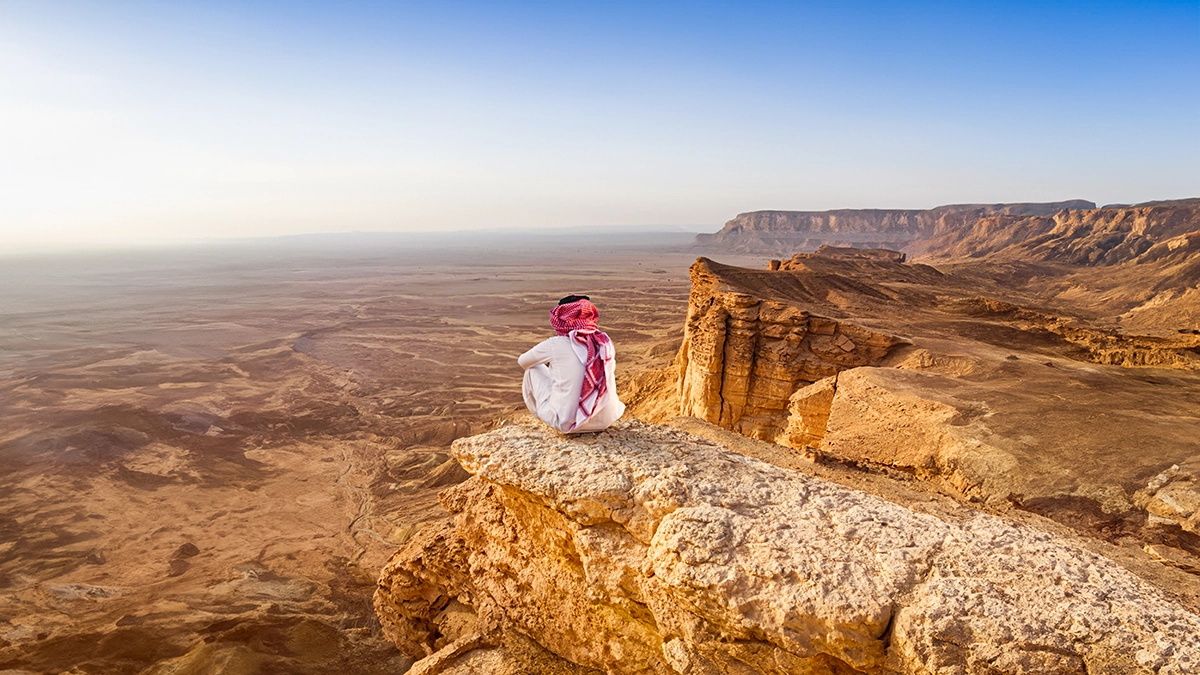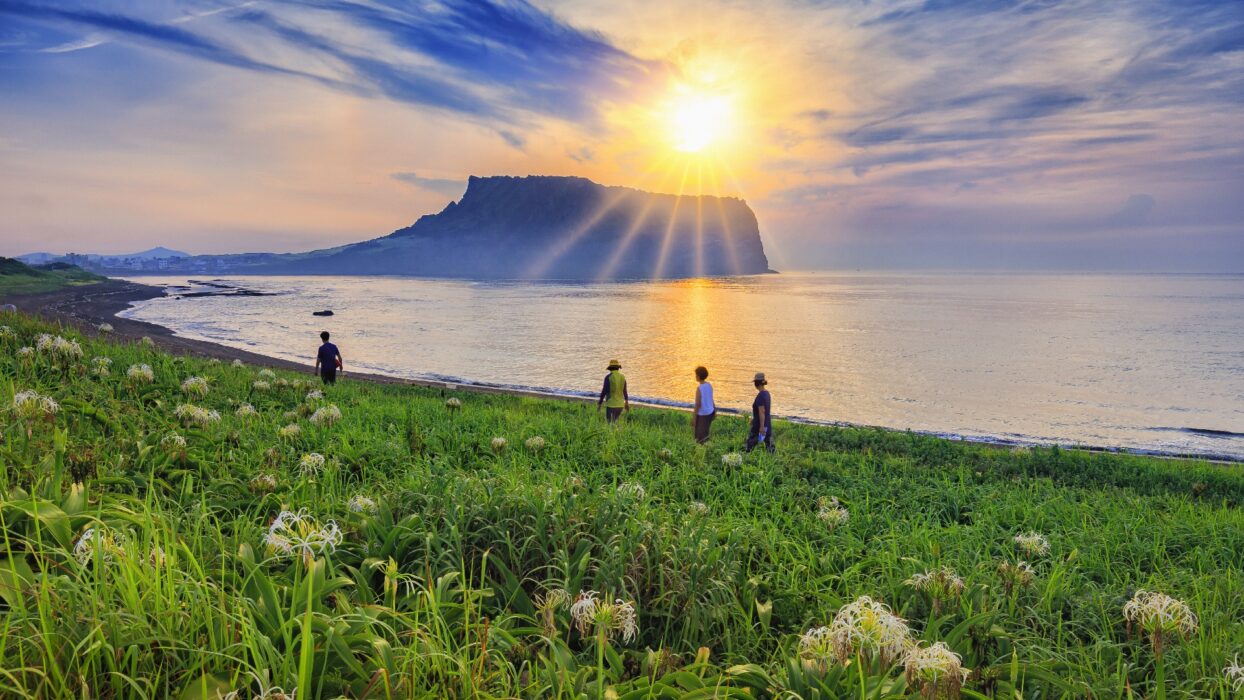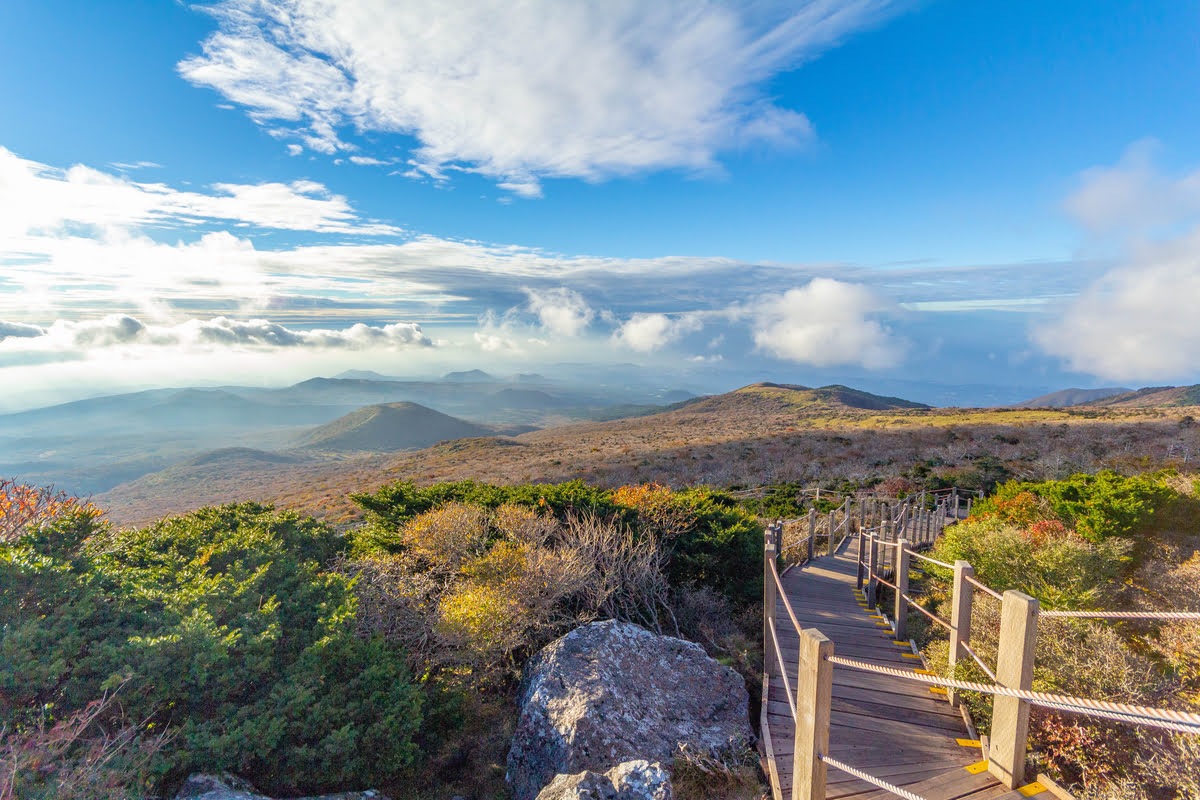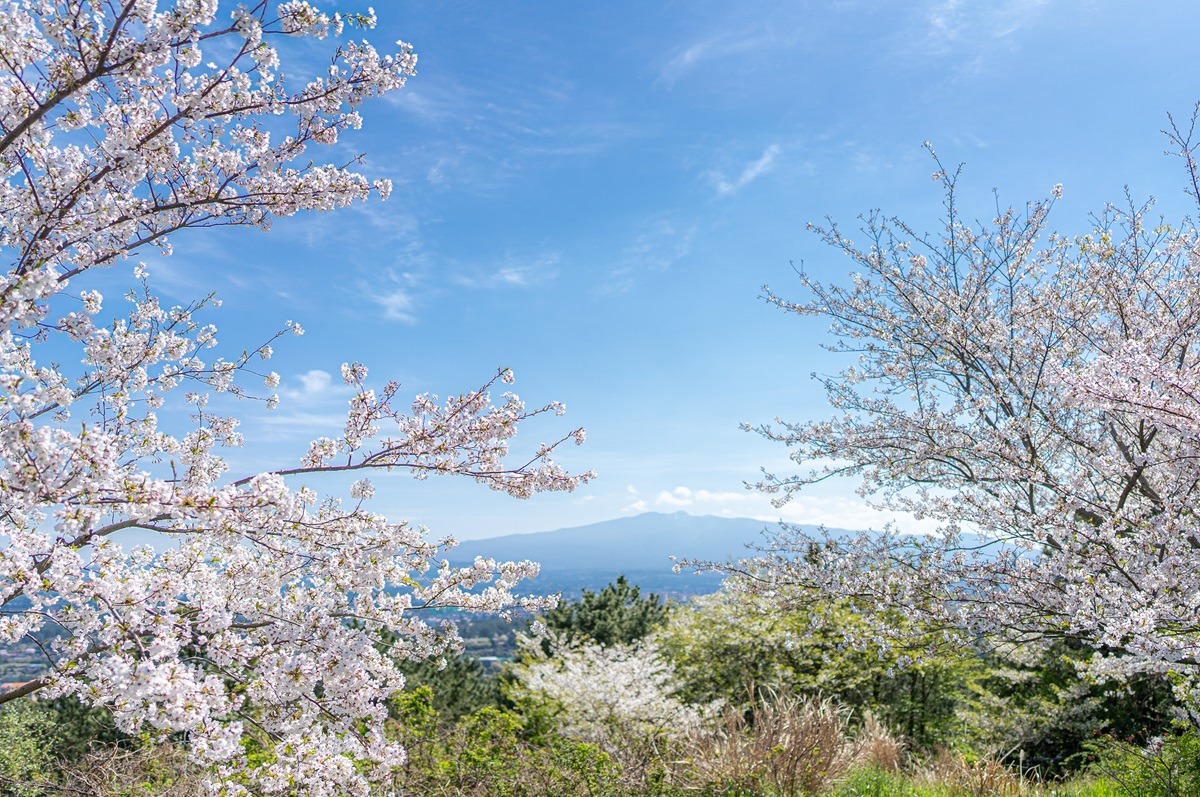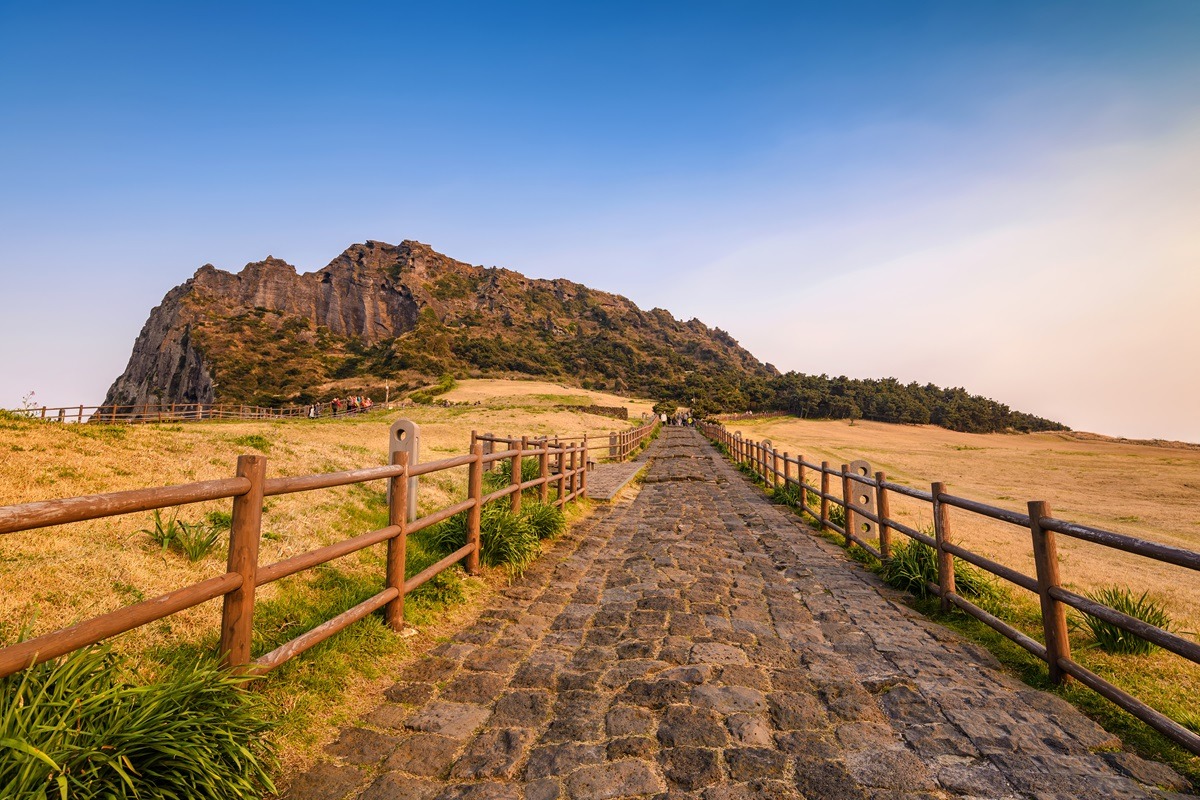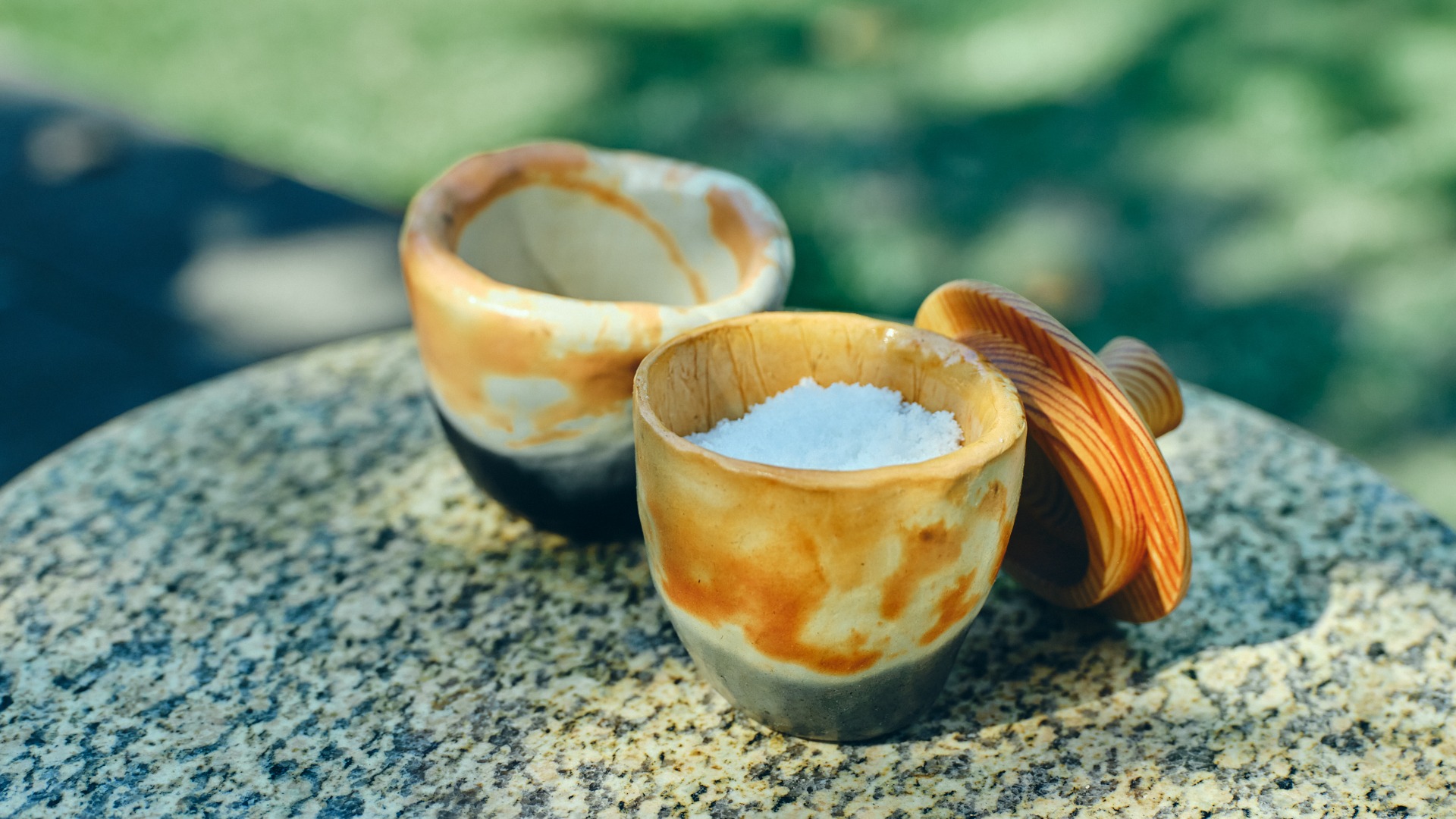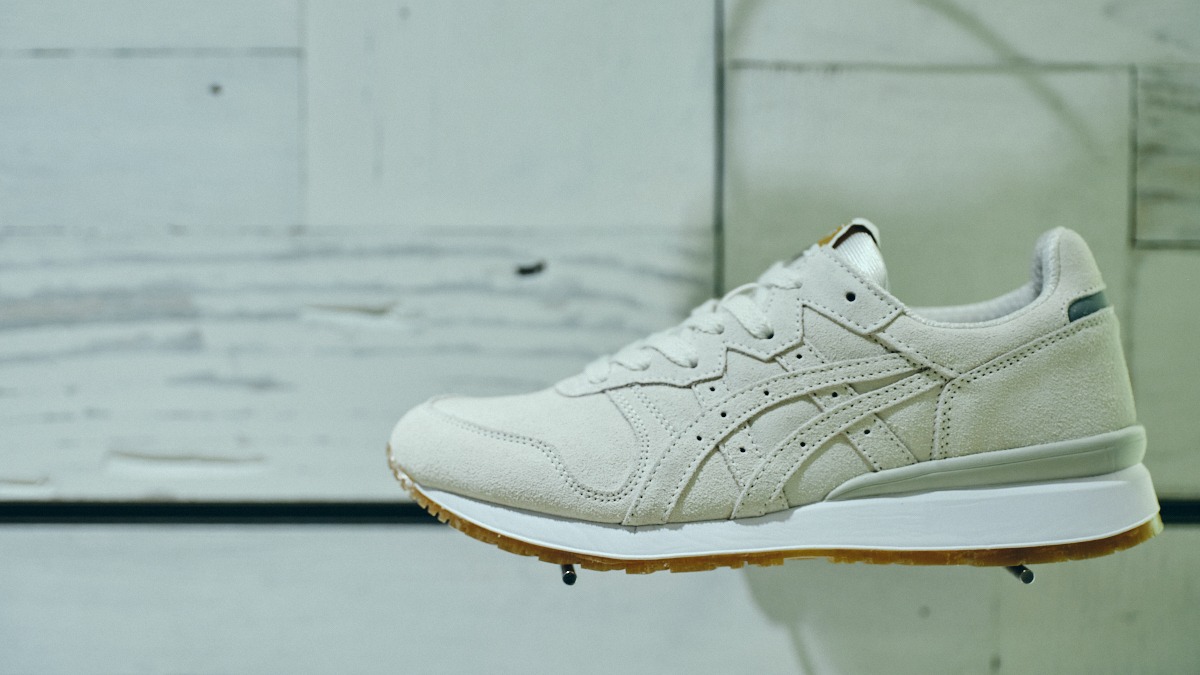Welcome to Jeju Island, South Korea’s tropical paradise renowned for its stunning natural beauty, rich cultural heritage, and unique attractions. Whether you’re an adventurer, a culture enthusiast, or looking for a relaxing getaway, Jeju Island has something for everyone. This guide will help you explore the island’s most remarkable spots, organized with the help of a comprehensive Jeju map.
Detailed Day-by-Day Itinerary
Day 1: Arrival and Seogwipo Exploration
After arriving on Jeju Island, take a moment to relax and adjust to the beautiful surroundings. Begin your adventure in Seogwipo, the island’s second-largest city, known for its breathtaking waterfalls and coastal views. Start by visiting the Cheonjiyeon Waterfall, a serene spot surrounded by lush greenery.
Day 2: Discovering Jungmun Tourist Complex
Head to the Jungmun Tourist Complex, home to several top attractions. Visit the Yakcheonsa Temple, a grand Buddhist temple with delicate architectural designs. Then, take a stroll through the Yeomiji Botanical Garden, featuring a vast collection of flora from around the world.
Day 3: Adventure at Hallim Park
Explore Hallim Park, where you can find a variety of themed gardens, caves, and a small zoo. It’s a perfect place for nature lovers to spend a whole day surrounded by beauty. Don’t miss the Hyeopjae Beach near Hallim Park, known for its white sand and crystal-clear waters.
Day 4: Cultural Immersion in Aewol
Spend your day in Aewol, a picturesque coastal area perfect for a relaxing day. Visit the Jeju Chusa Hall, where the famous calligrapher Chusa Kim Jeong-hui spent a significant part of his life in exile. Also, take time to visit the Aewol Coastal Road for a scenic drive.
Detailed Guide to Jeju’s Main Attractions
Hallasan National Park
Hallasan National Park is home to South Korea’s highest mountain, Hallasan, a shield volcano that forms the backbone of Jeju Island. Whether you’re hiking to the summit for a breathtaking view or exploring the beautiful trails, Hallasan National Park is a must-visit.
Seongsan Ilchulbong Peak
Also known as Sunrise Peak, Seongsan Ilchulbong offers one of the most stunning sunrises you’ll ever witness. This UNESCO World Heritage site is a volcanic crater providing panoramic views of the island.
Cheonjiyeon Waterfall
Cheonjiyeon Waterfall, meaning “sky connected with land,” is an iconic spot in Seogwipo. The picturesque waterfall cascades into a tranquil pond surrounded by vibrant plant life. It’s a perfect spot for nature photography and relaxation.
Practical Information for Travelers
To fully enjoy your trip to Jeju, here are some crucial tips:
- Transportation: Rent a car for the most convenient way to explore the island. Alternatively, Jeju’s public buses cover many of the major attractions.
- Weather: Jeju enjoys a temperate climate, but it can be windy. Pack accordingly and check the weather forecast before heading out.
- What to Pack: Comfortable walking shoes, a hat, sunscreen, and a light jacket are essential items.
- Cultural Etiquette: Respect local customs and traditions. It’s polite to remove your shoes when entering someone’s home or traditional guesthouses.
- Language Tips: Learning a few basic Korean phrases can go a long way in enhancing your travel experience.
Jeju Island is a destination that will captivate your heart with its natural beauty, rich culture, and warm hospitality. Whether you’re exploring its scenic landscapes, indulging in its culinary delights, or immersing yourself in local traditions, Jeju offers an unforgettable experience. Use this guide and the provided Jeju map to make the most of your trip and create lasting memories on this enchanting island.
